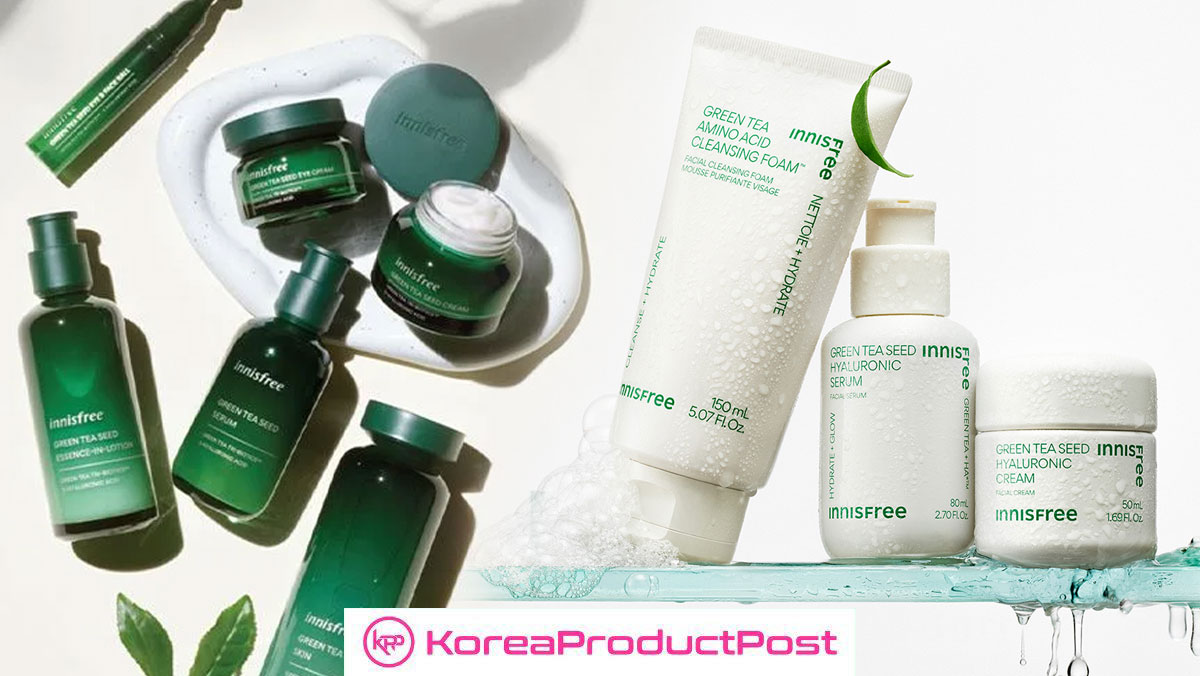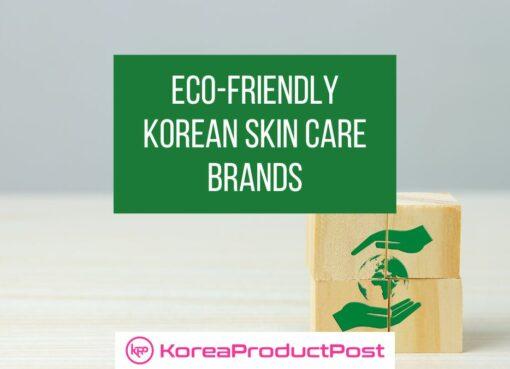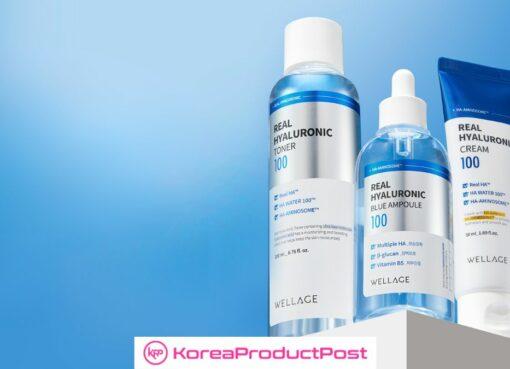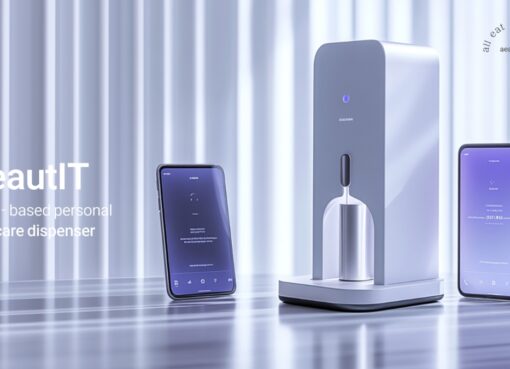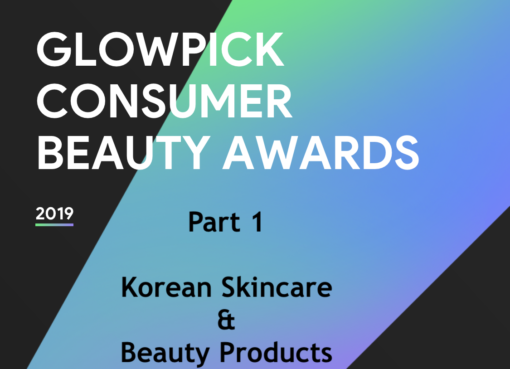Once the green goddess of K-beauty brand, Innisfree stood for everything the industry promised: eco-conscious formulations, nature-powered ingredients, and a distinctly Korean approach to skin wellness. But today, that legacy feels like a distant echo. Following the previous rebranding effort, Innisfree did what many heritage brands fear most: it reinvented itself beyond recognition, and ended up in massive failure.
And instead of regaining relevance, the once-brightest K-beauty star has now lost its way. Join us in a complete discussion on Innisfree rebranding failure, the high cost of abandoning authenticity in an age where clarity, purpose, and performance rule the beauty shelves, and what we can learn from this unexpected experience
Rebranding Failure: The Rise and Fall of Innisfree Skincare Identity
If you have been a longtime K-beauty enthusiast, you will remember those memorable moments when K-beauty brand Innisfree was at the center of the spotlight in the global industry.
With its breakthrough formulation of Green Tea Seed Serum, Innisfree stood at the very top of K-beauty’s global ascent, becoming the first single-brand K-beauty company to exceed 1 trillion KRW (approximately 701 million USD) in global annual sales.
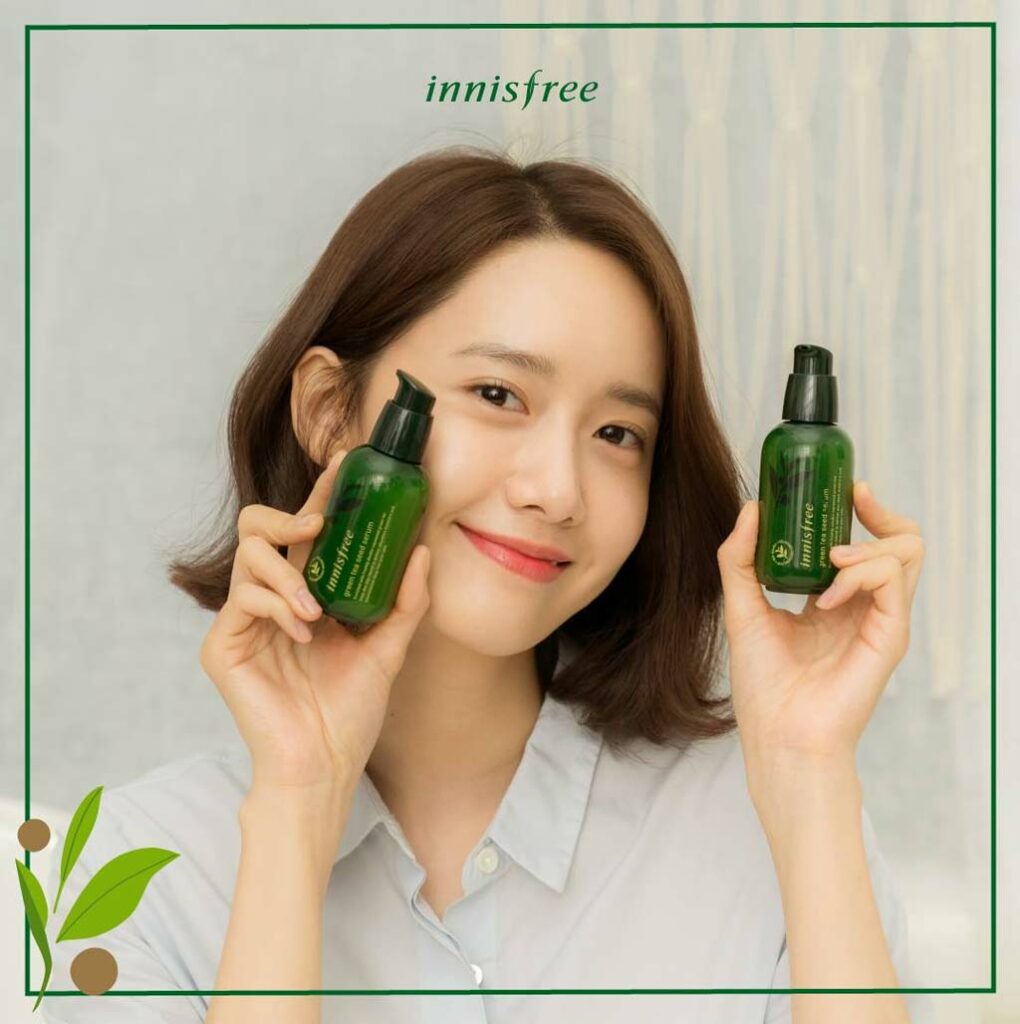
Known for its signature Jeju-sourced ingredients and eco-friendly image, Innisfree was more than just a K-beauty brand. It symbolizes a movement, introducing us to new ways of skin treatments, and turning the consumers from those heavy creams and harsh acne treatments to a lightweight, fast-absorbing hydration-first serum.
But that was years ago. These legends of Innisfree have now become memories, a part of the historical moments when K-beauty was rising in the global market. Because in recent years, the once-iconic label has stumbled into a prolonged identity crisis, failing to recover even after a major rebranding effort.
The question is no longer can Innisfree bounce back—but should it return to what made it work in the first place?
Once the Flagship K-Beauty Brand Now at the Crossroads
In 2024, Innisfree posted 224.6 billion KRW (approximately 157.5 million USD) in total sales, but its operating profit fell to just 1.6 billion KRW (around 1.12 million USD). This marked a 17.97% drop in revenue and an alarming 84.15% decline in operating profit compared to 2023—deepening the brand’s ongoing financial slump.
This has been a painful contrast to the time when Innisfree was considered the very K-beauty brand flagship. And looking at how the brand is doing today, both consumers and industry experts believe that this phenomenon happened not only because of external market forces. Instead, everything actually stems from internal misdirection.
Innisfree THE NEW ISLE: When Fantasy Replaces Function
Previously, in an attempt to modernize its image, Innisfree launched a full-scale rebrand in 2023, retiring its “pure Jeju” identity and replacing it with a fictional world called “THE NEW ISLE.”
Apparently, Innisfree worked on this rebranding attempt as a proactive effort to appeal to a younger, global audience. They initially planned on creating an imaginative, perhaps even metaverse-inspired brand universe.
And yet the outcome far deviated from their wanted result.
Since the very beginning, Innisfree K-beauty brand was rooted in Jeju volcanic ash, green tea, and sustainability. The K-beauty legend entirely relies on this real-life value that gave them not just product quality, but also profound meaning in branding.
That is why this THE NEW ISLE campaign was a branding disaster. Innisfree basically signaled that it abandoned its entire image and core narrative that made them the very flagship K-beauty brand. Instead, they created a fictional island with little to no meaning and substance.

Innisfree Rebranding Problem: Flagship K-Beauty Brand Misreading Modern Consumer
If we dive deeper, the real issue actually lies in the fact that this rebranding strategy from Innisfree wasn’t merely a rookie failure. Critics believes that despite being one of the industry giants and the flagship K-beauty brand, Innisfree had severely missed both the global visual and strategic moments.
Today’s skincare consumers, especially Gen Z and younger millennials, expect more than pretty packaging. They want clarity, efficacy, and transparency. Instead of looking at the surface, these new generation K-beauty enthusiasts demand real answers: “What does this do for my skin?”, “What’s inside it, and why?”
And the ultimate question of all: “Can I trust this brand?”
Now, rather than meeting these expectations with science-backed formulas, streamlined routines, or honest ingredient communication, Innisfree chose to lean into abstract storytelling. They created this unfamiliar and fictional reality.
It’s ironic that as a legendary flagship brand, Innisfree simply forgets that their K-beauty enthusiasts are way different from K-pop and K-drama fans. Unlike the music and entertainment consumers that rely on whimsical and fantasy, K-beauty consumers demand trusted, authentic products with real-life performance and results.
Innisfree rebranding strategy then caused in massive disconnection between the brand and its users. Innisfree’s shift from a nature-meets-science brand to a narrative-driven fantasy concept failed to deliver on these demands. Instead of leaning into skin barrier innovation, minimalist routines, or ingredient transparency, they relied abstract storytelling.
That is why Innisfree’s performance in the new-generation K-beauty market continued to decline.

The Soaring Siblings—or Rivals: COSRX and Laneige Lead the Way
In a cruel twist of internal competition, Innisfree’s downfall is happening while other AMOREPACIFIC brands are thriving.
One of the group’s premium brands, Laneige, has found its footing as a premium yet accessible brand in the U.S., led by its clinically driven product lines and elevated packaging. Not to mention, the brand has successfully connected to new-generation market with wide-ranging models.
For new generation consumers, especially from gaming and e-sports niche Laneige conducted collaboration projects with T1. But at the same time, Laneige also utilized the momentum in K-pop, selecting BTS Jin as their very first male global brand ambassador.
At the same time, COSRX, known for its stripped-back formulas and viral marketing strategies, has cemented itself as a Gen Z favorite across global markets.
With these brands commanding consumer attention—and retail space—Innisfree risks fading into irrelevance within its own corporate family. As one industry insider noted, continued investment in the brand is beginning to look like “pouring water into a bottomless jar.”
Innisfree Rebranding Failure: Where It Went Wrong and How to Fix
On the other hand, it doesn’t mean that Innisfree has reached a point of beyond saving today. However, if the K-beauty brand hopes to regain relevance, rising from its rebranding failure, Innisfree must confront its foundational missteps directly and without hesitation.
1. Reclaim Ingredient Credibility
Innisfree was once synonymous with Jeju-derived ingredients. Instead of abandoning that legacy, the brand could have updated it—introducing data-backed efficacy, refining formulations, and highlighting traceable sourcing practices.
2. Ditch the Ambiguity
Consumers don’t connect with vague concepts. “THE NEW ISLE” may work in fantasy gaming and Korean dramas, but not in skincare aisles. Innisfree must reestablish clear brand purpose: Are you clean? Are you clinical? Are you community-driven? Right now, consumers don’t know.
3. Embrace Global Skin Needs
From acne to dehydration to barrier repair, today’s buyers shop by concern—not concept. The next chapter for Innisfree must reflect global skin concerns with localized innovation and visible performance claims.
4. Learn from Disruptors, Not Compete with Them
Instead of mimicking indie brands, Innisfree should focus on what those brands lack: long-term R&D resources, heritage in nature-based science, and the scale to drive meaningful change in eco-responsibility.
The Future of Innisfree Depends on Letting Go—Not Reinvention
In the end, as a legendary K-beauty brand, Innisfree doesn’t need a new island. It needs to return to its roots, with sharper strategy and stronger science.
The K-beauty landscape has changed dramatically since Innisfree’s rise, but the desire for effective, accessible, and ethically aligned skincare hasn’t. If the brand can realign its identity with modern values—without losing the legacy that made it powerful in the first place—it may yet find its way back to relevance.
But that journey will require more than fantasy. It will demand focus, honesty, and a new kind of transparency—one that puts skin, not story, first.
In the end, while Innisfree rebranding may have fallen short with noticeable failure, the quality of its products remains undeniable. For many K-beauty loyalists, Innisfree still holds a legendary place in skincare history—proof that a brand’s legacy can outlast even its own missteps.
If you’re looking to promote your products and connect with international buyers, please don’t hesitate to contact us.
Join us on an exciting journey to explore the vibrant world of Korean lifestyle – from the latest beauty tips to the hottest tech and so much more on Facebook, Twitter, LinkedIn, and Flipboard.



